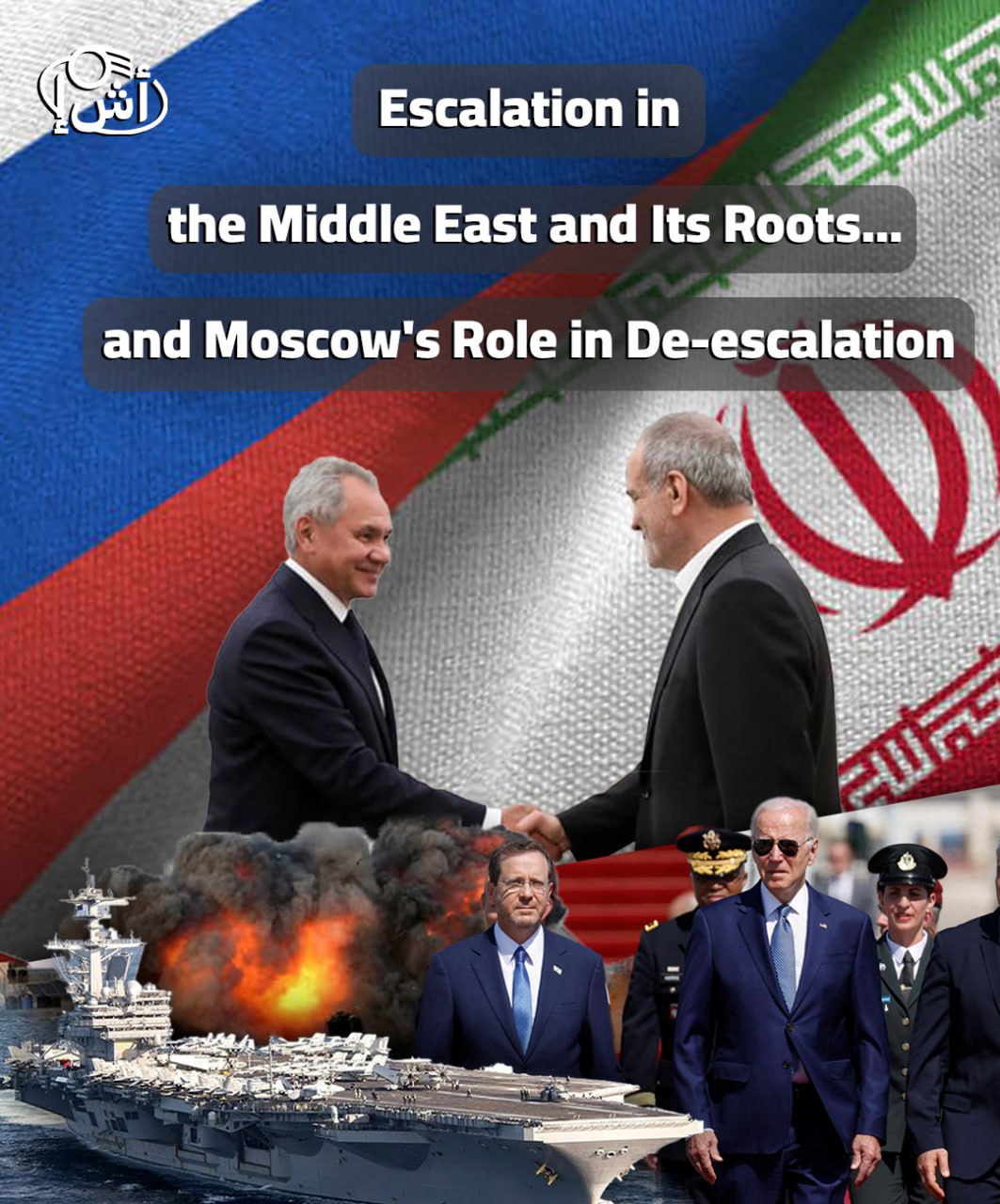The visit of Sergei Shoigu, Secretary of the Russian Security Council, to Tehran came to confirm the seriousness of the regional situation, and to clarify that the “Middle East” arena is not a sphere of Western influence, as Moscow has a fundamental role in political calm.
Shoigu, who stressed during his meeting with Iranian President Masoud Peskov, Russia’s full support for Iran in regional issues, and the importance of tripartite cooperation between Iran, Russia and China to achieve stability, opened a special political space to read the acceleration of events differently. Political solutions since the beginning of the Gaza war have been limited to negotiating the release of Israeli hostages, and have not moved towards stopping the war, to which Washington responded quickly, mobilizing its naval forces in the eastern Mediterranean since the first days of the war on Gaza, while Moscow’s position within the Security Council remained to coordinate international efforts to stop the war, considering that Security Council resolutions must guarantee stopping the war even if the first steps are “humanitarian.”
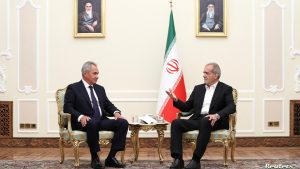
Escalation and the American position
The United States seems to be heading towards dealing with the escalation in the region as a military inevitability, far from the traditional containment efforts that would push towards ending the crisis diplomatically. This position allowed Israel to move without restrictions in the face of what it sees as threats, whether from Iran, Hamas or Hezbollah. Washington seemed to be in a special position, as there are “disagreements” with Benjamin Netanyahu’s government, and in return, it did not show a willingness to put strong pressure on it to stop the fighting. Although some reports spoke of the narrow margin of the United States’ ability to move as a result of the electoral entitlement in it, the issue seems more complex as it stems from an attempt to monopolize any solution and seek to distance international powers from participating in dealing with this crisis.

This American monopoly led to a new chapter of tension through the assassination policies that Israel implemented in Syria at first before moving to Iran and Lebanon. The form that the conflict took carried three main points:
- The first is related to the nature of the Israeli narrative of what happened on October 7, 2023. The image that was adopted by the West provided indications that the war in Gaza would be a fundamental turning point in redrawing the region, and the nature of the violence practiced by Israel was not “revenge” but also a response to the type of Western cover that pushed the tension towards new fronts.
- The second is that the solution to the hostage crisis, which remains confined between Qatar and Egypt, reduced Hamas’s political cover for negotiation, and with the systematic Israeli barbaric violence against civilians, the issue began to shift towards the humanitarian dimension that all international efforts could not stop the suffering of the people of Gaza. The battle lost any political dimension to become a response to what Netanyahu wanted in the matter of “liquidating Hamas.”
- The third point emerged with Israel’s attempt to break the equation of the war based on the assassination policy, which it wanted to use to deepen international military involvement at the expense of the political solution, which contradicts the goals of the war as launched by Netanyahu, which is the release of the hostages.
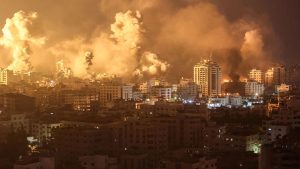
Statements from Western capitals were talking about preventing a regional war, and under this matter Israel seemed victorious at least in extending the conflict without fear of more severe interventions, whether from Iran or Hezbollah, but the conflict was taking an undeclared regional form with the war expanding towards the Red Sea, and Israel practicing its operations outside the Gaza Strip or the Lebanese front.
The repeated visits of the highest American officials to Israel seemed like an attempt not only to prevent a “regional war”, as Israel alone cannot do this, but also to benefit from the possibilities offered by the war to change the shape of relations in the Middle East as a whole, and although the Arab position seemed embarrassed in expressing any political position on the extent of the violence used by Israel, at the same time it viewed Iran as a potential front, especially after the attack by Israel on the Iranian consulate in Damascus.
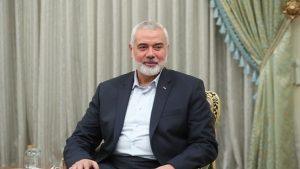
Power equations and escalation scenarios
After the assassination of the head of Hamas’s political bureau, Ismail Haniyeh, in Tehran, and hours before that, the Hezbollah commander Fouad Shukr in the southern suburb, the escalation began to take a different direction. The risks are not only from a regional war, but from the possibility of an imbalance of power in the “Middle East” in general. This matter required the restoration of Western coordination that appeared when Iran responded to the bombing of its consulates in Damascus, and helped Israel repel the marches. However, the main challenge after the assassination of Haniyeh appears to be in the international dimension. What is happening is the formation of a front that is trying to besiege the forces that stand outside the Western context, which transfers the issue of the “regional war” in an international direction.
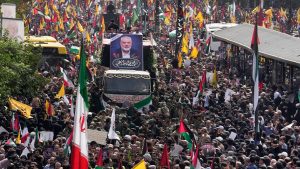
According to this trend, Shoigu’s visit can be reconsidered. What Iran or any of the countries in the region want is different from the American form based on the military dimension. The Kremlin’s policy of de-escalation comes through the political balance it imposes in the face of the military momentum that the United States places as a basic option. The steadfast American support for Israel, whether on the military or political level, has strengthened Israel’s ability to continue its military operations without fear of serious international repercussions. The political power of the parties that fall outside the American-European trend is the last bet to stop the deterioration and end the war that led to catastrophic results for the people of Gaza in the first place and for the region in general.
By Nidal Al-Khedary
The international forum in Algeria emphasizes African unity and support for Palestine
